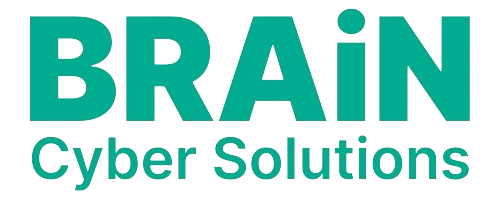Image Optimization SEO: 5 Best Practices
Images are an integral part of websites. When we create our website, we use images to enhance its beauty and to convey the content easily. However, if not used carefully, the images will have the opposite effect. Often, images increase the loading time of a website because they tend to be larger than other elements. So, here, I am going to tell you what to pay attention to while using image optimization for SEO on a page.
Images have a significant impact on a website’s ranking position. Therefore, we should add at least one image for each webpage on our site. When we share that page, you will notice that the image will represent that page along with the page title. Therefore, images are used to grab attention, increase engagement, and provide a good user experience. With many online tools like Canva and Adobe Express, we can create images for a website for free.

Let us look into the image optimization strategies
Avoid Oversized Images
The first thing to keep in mind while optimizing images is to avoid using oversize images. Oversized images will unnecessarily increase the size of those images. As the size of an image increases, so does its loading time. Images taking longer to load will affect our page loading time and page speed score. This, in turn, will impact our site’s ranking position in search engines. Below are the standard image sizes used on a website.
| Purpose | Dimension | Aspect Ratio |
| Full-width Backgrounds | 2560px wide (max) | 16:9 or wider |
| Hero Images (Desktop) | 1920px wide (min) | 16:9 |
| Hero Images (Mobile) | 1080px wide (min) | 4:5, 1:1, 1.59:1 |
| Product Images (Desktop) | 2048px wide (max) | 1:1, 3:4, 2:3 |
| Product Images (Mobile) | 1080px wide (max) | 1:1, 3:4, 2:3 |
| Blog Images (Desktop) | 1200px wide (max) | 3:2 or 16:9 |
| Blog Images (Mobile) | 600px wide (max) | 3:2 or 16:9 |
| Social Media Thumbnails | 1200x630px (Facebook) | 1.91:1 (Facebook) |
| Icons & Logos | 512px x 512px (min) | 1:1 |
| General Use Images | 600px wide (max) | Varies |
Use WebP images
If we convert traditional images, such as PNG and JPG, into WebP images, we can significantly reduce the size of those images without compromising quality. This action will contribute to a reduction in the loading time of the site. Many free tools are available to convert images to WebP format.
Use Alternative text (ALT)
By providing alternative text to all images, search engines like Google can understand what those images are all about. Therefore, using alternative text is a ranking factor. Be sure to include relevant keywords in the alternative text.
See the following Sample HTML code
<img src="Image Address" alt="Alternative text with keywords">Defer offscreen images
Images that only appear when scrolling a page don’t necessarily load initially. Such images can be set to display only when scrolled using methods such as lazy loading. This way, we can significantly reduce the page loading time.
Use Content Delivery Network
A content delivery network is used to load static content such as images from adjacent servers and make web pages available to customers at high speeds. By using CDN, we can reduce the loading time of the site to some extent.

Meet the author
Syam K.S. is a digital marketing professional and trainer in Kerala. With over 18 years of experience, he is an SEO expert in Kerala. Syam serves as the lead trainer for our Digital Marketing course and online SEO course.
